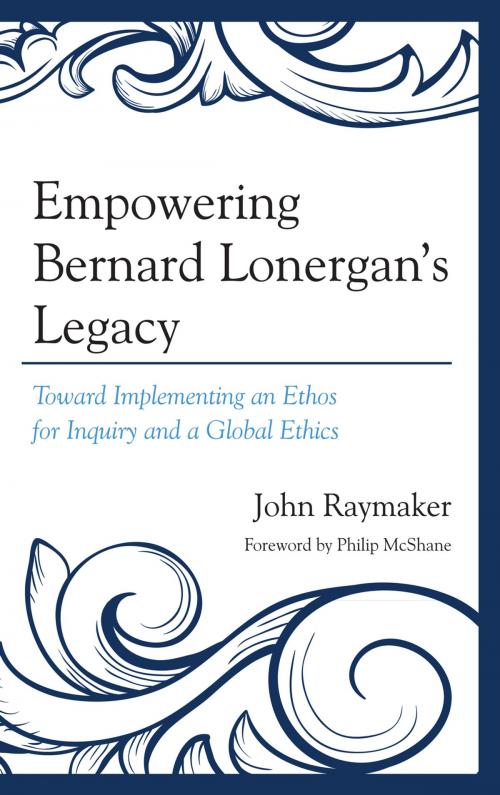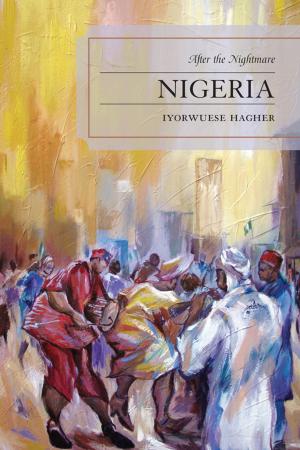Empowering Bernard Lonergan's Legacy
Toward Implementing an Ethos for Inquiry and a Global Ethics
Nonfiction, Religion & Spirituality, Eastern Religions, Zen Buddhism, Philosophy, Ethics & Moral Philosophy| Author: | John Raymaker | ISBN: | 9780761860310 |
| Publisher: | UPA | Publication: | December 7, 2012 |
| Imprint: | UPA | Language: | English |
| Author: | John Raymaker |
| ISBN: | 9780761860310 |
| Publisher: | UPA |
| Publication: | December 7, 2012 |
| Imprint: | UPA |
| Language: | English |
Empowering Bernard Lonergan’s Legacy offers an interdisciplinary approach to Lonergan’s work. It presents a series of five “feedback matrices” to situate his work within a historical context. The matrices also serve to establish foundations for an interdisciplinary ethics and a method for interreligious dialogue. “Feedback” and “matrix” are key, but previously unstressed, notions in Lonergan’s work. The book’s final two collaborative feedback matrices could best be implemented in a proposed international Lonergan association. Raymaker argues that without such an association, Lonergan’s breakthrough method cannot reach its interdisciplinary and collaborative potential. One of Lonergan’s most important achievements was his development of foundations for the sciences, ethics, and interreligious dialogue. One can best empower Lonergan’s legacy through a correct understanding and implementation of how the data of human consciousness affects all human knowledge and activities.
Empowering Bernard Lonergan’s Legacy offers an interdisciplinary approach to Lonergan’s work. It presents a series of five “feedback matrices” to situate his work within a historical context. The matrices also serve to establish foundations for an interdisciplinary ethics and a method for interreligious dialogue. “Feedback” and “matrix” are key, but previously unstressed, notions in Lonergan’s work. The book’s final two collaborative feedback matrices could best be implemented in a proposed international Lonergan association. Raymaker argues that without such an association, Lonergan’s breakthrough method cannot reach its interdisciplinary and collaborative potential. One of Lonergan’s most important achievements was his development of foundations for the sciences, ethics, and interreligious dialogue. One can best empower Lonergan’s legacy through a correct understanding and implementation of how the data of human consciousness affects all human knowledge and activities.















